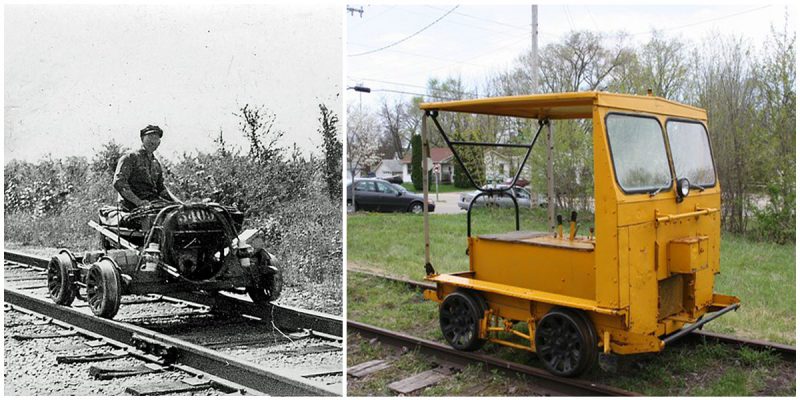The rail speeder, otherwise known as a motor car, putt-putt, jigger, crew car, track-maintenance car, trike, quad, trolley or inspection car was invented as far back as 1896 when a vehicle was needed to help the maintenance of way crews and track inspectors to move quickly to and from work sites. It was reported that the U.S. Daimler Motor Company created a gasoline powered rail inspection car capable of 15 mph.
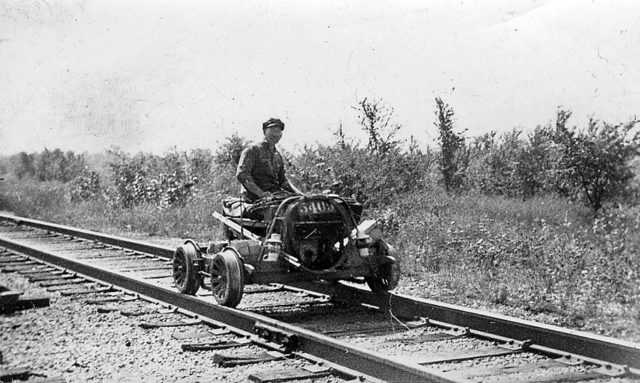
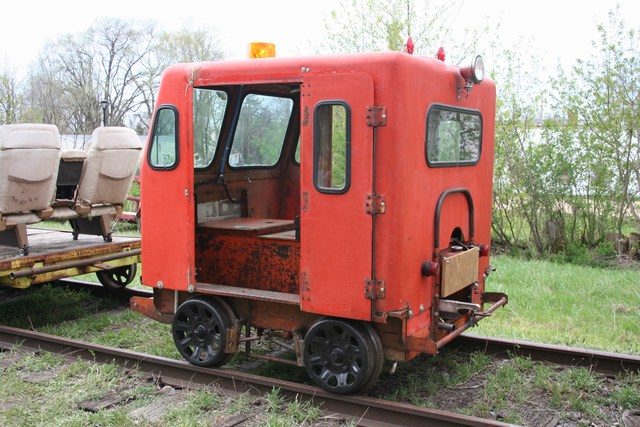
Typically the car has a front windscreen, roof, and rear bulkhead, the sides being open. The wheels on speeders are insulated, so they don’t conduct electricity from one rail to the other like trains do to complete the detection circuit and trigger the crossing signals (or the railroad’s block and CTC signals).
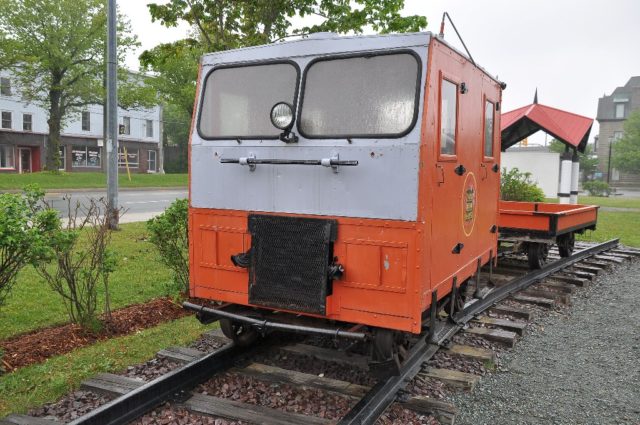
Speeders were set up this way because they would often stop near crossings to repair the track or the signals; this way, they don’t tie up the crossing. Because of this, they must slow down or stop at crossings and make sure no cars are coming before crossing (or flag the crossing if traffic is heavy).
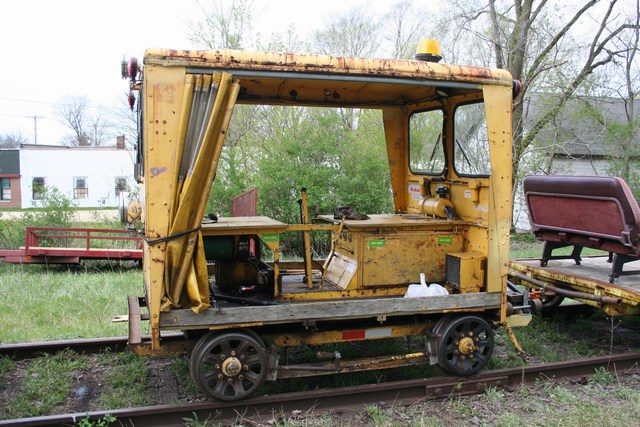
They also had to get special permission from the dispatcher to use the track. “Stepladdar” has a scanner in his speeder, although he cannot transmit. Radios aren’t really necessary because these trips are always made with the railroad’s permission and cooperation, and the railroad makes sure there are no trains in the area.
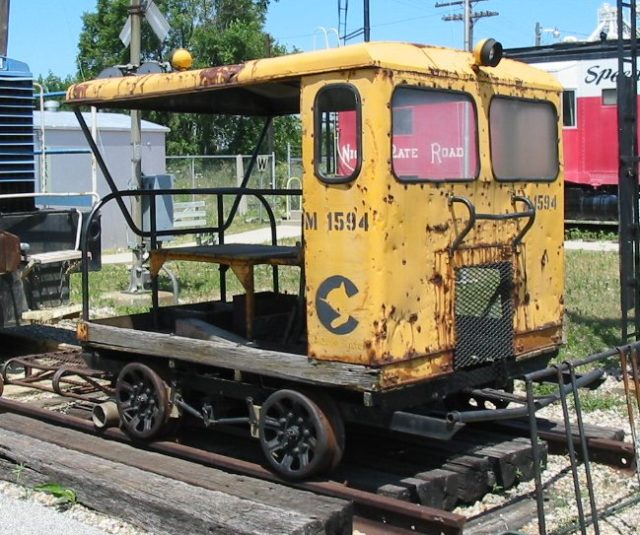
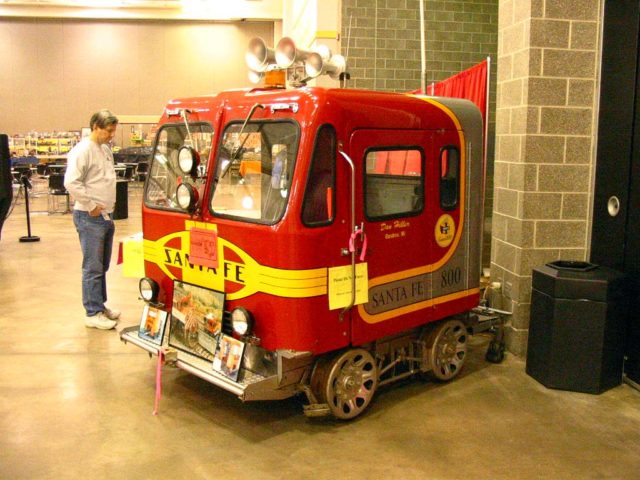
In the 1990s, these types of speeders were replaced by pickup trucks using flanges wheels that could be lowered for on-rail (called road-rail vehicles or hi-rails for highway-railroad). Various railways and their workshops also manufactured speeders, but today, Fairmont is the only major speeder manufacturer still in business. After buying Tamper Inc. in 1991 it became Fairmont-Tamper, a world-wide supplier of a wide range of track maintenance equipment. By 1949 Fairmont was offering 19 models of motorcars, most being available in 11 different gauges from 23″ to 66″.
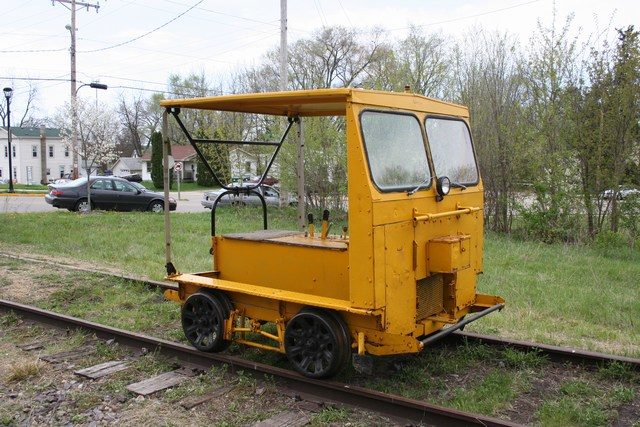
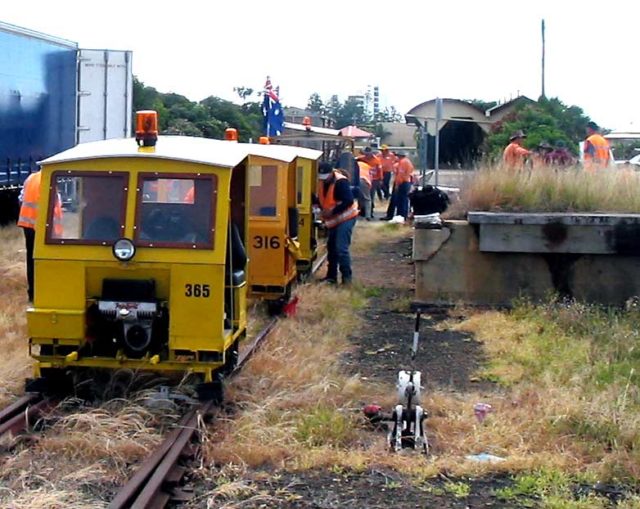
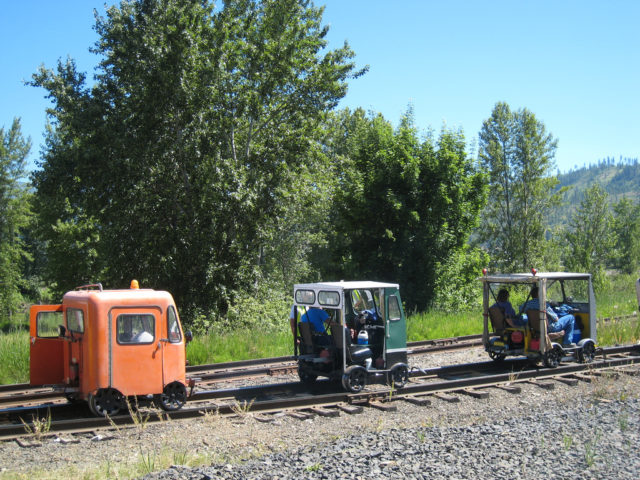
Speeders are collected by hobbyists, who refurbish them for excursions organized by the North American Railcar Operators Association in the U.S. and Canada and the Australian Society of Section Car Operators, Inc. in Australia.
